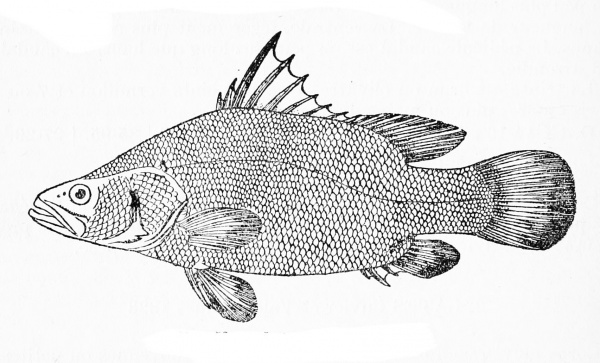Facts About Nile perch
The Nile perch, also known as the African snook or Victoria perch, is a freshwater fish that plays a vital role in the economy and food security of East Africa. Native to various African river basins, this fish can grow to impressive sizes, reaching up to 2 meters in length and weighing as much as 200 kilograms. While adult Nile perch inhabit different lake environments, juveniles tend to remain in shallower waters. They are known as fierce predators, feeding on other fish, crustaceans, and insects.
Originally described as *Labrus niloticus*, the Nile perch has been introduced to several African lakes, leading to significant ecological problems. It is considered one of the world's top 100 worst invasive species. Its introduction to Lake Victoria in the 1950s caused the extinction or near-extinction of hundreds of native species, resulting in major disruptions to the lake's ecosystem.
The commercial fishing and export of Nile perch have also had substantial social and economic impacts. Traditional fishing communities have been displaced, and there has been an increased demand for firewood due to the need to smoke the fish. The documentary *Darwin's Nightmare* highlights these issues, showing how the introduction of the Nile perch has exacerbated conflicts and suffering in the region.
The Nile perch has drastically altered the food web in Lake Victoria, making it difficult to restore the natural balance. Fishing practices on the lake often involve small boats using gill nets and hand lines, which create jobs in processing, transportation, and other sectors related to the fishing industry.

 Kenya
Kenya